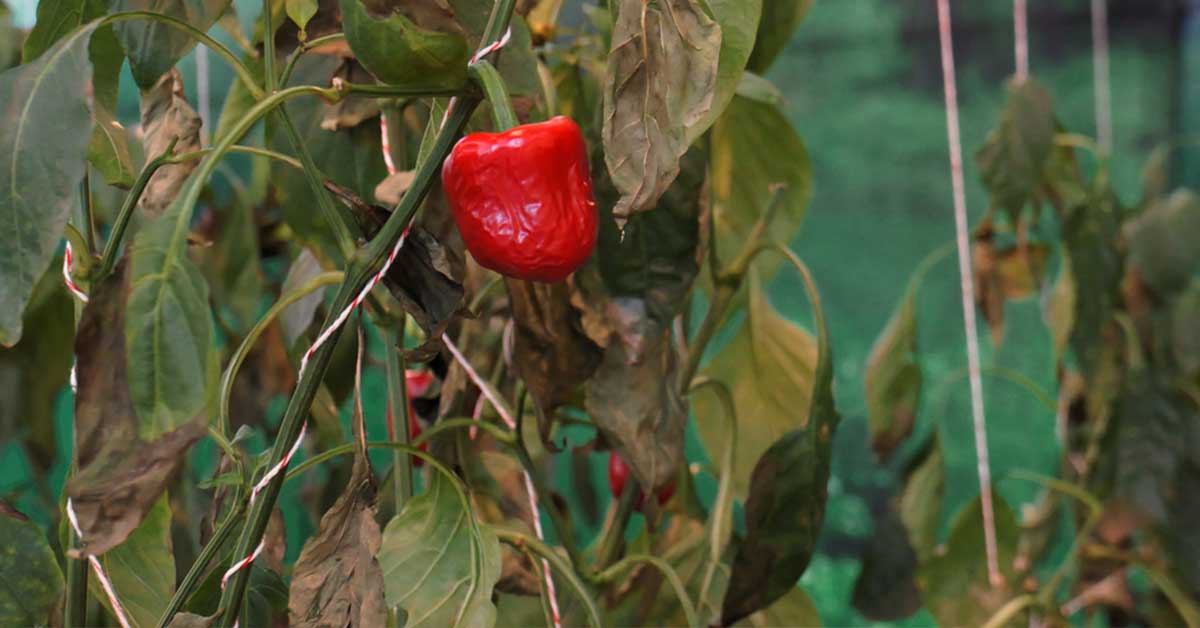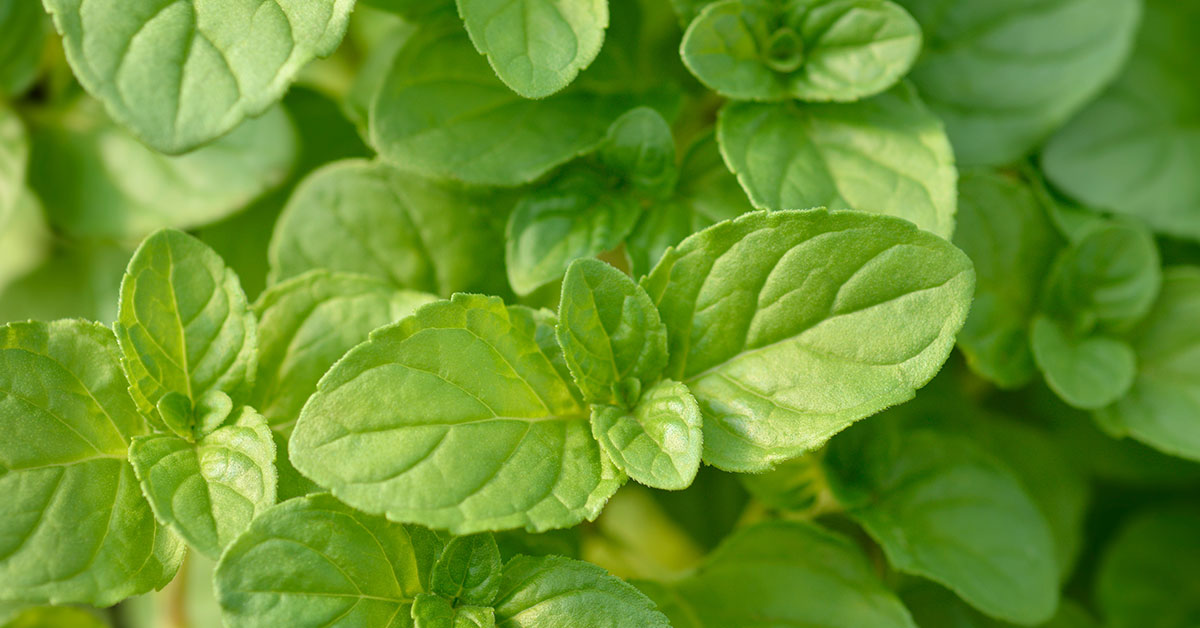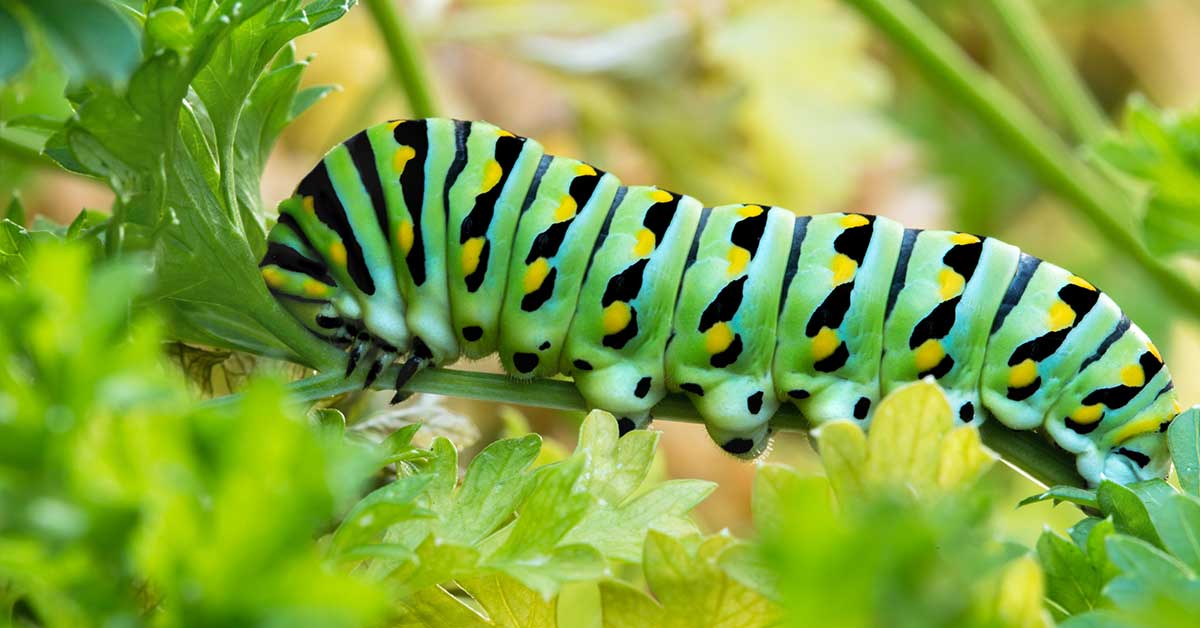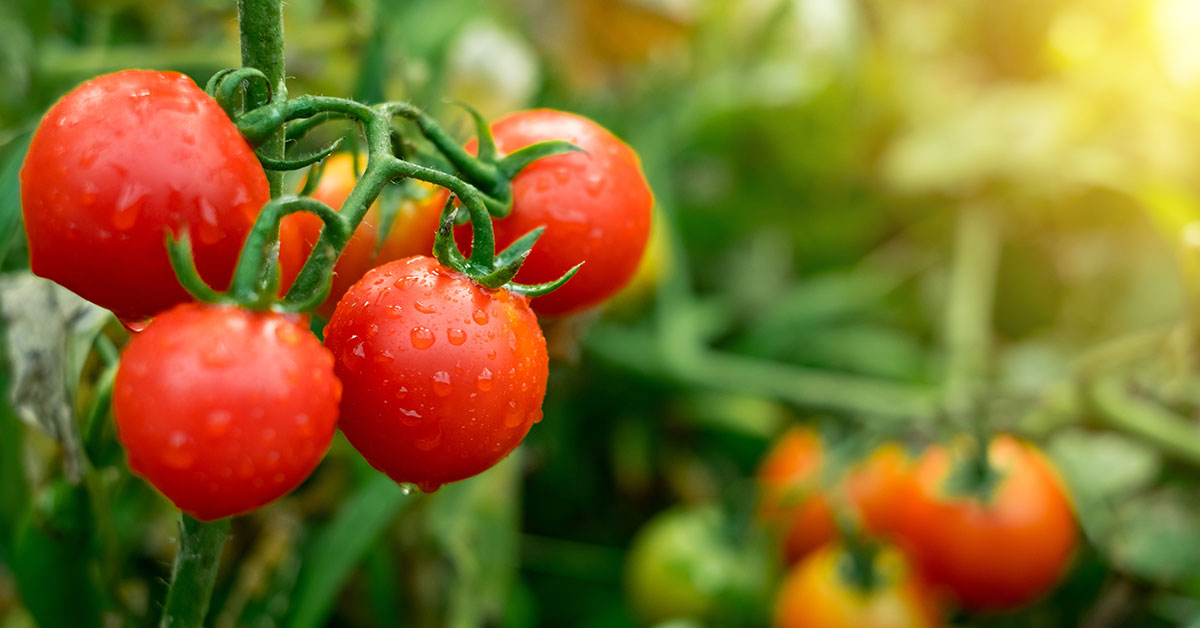Gardening is a delightful and rewarding activity, but sometimes, well-meaning advice can lead us astray. It’s frustrating to put effort into our gardens only to see our plants struggling due to misguided practices. Whether you’re a novice or an experienced gardener, it’s important to recognize that not all tips are beneficial.
In this article, I’m excited to share eight gardening tips that might actually do more harm than good, along with better alternatives. By understanding these common pitfalls, you can avoid unnecessary challenges and enjoy a thriving garden. Let’s dive in and set your garden on the right path!
Watering Every Day
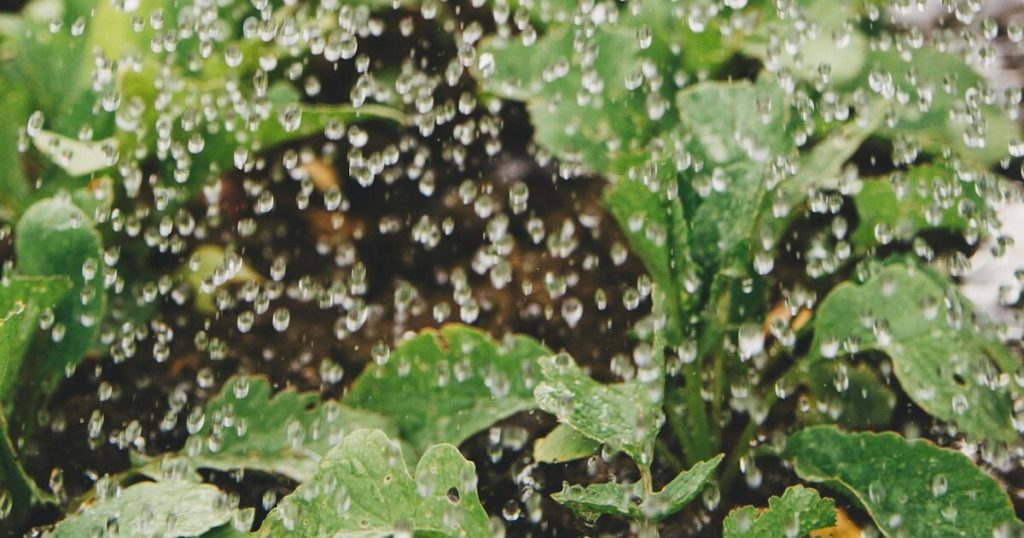
One of the most common misconceptions is that plants need to be watered every day. While it’s true that plants need regular watering, overwatering can lead to root rot and other issues. Consistent, shallow watering encourages shallow roots, making plants more susceptible to drought.
Instead of watering daily, aim to water deeply and less frequently. This encourages deep root growth, making your plants more resilient. Check the soil moisture before watering by sticking your finger into the soil about an inch deep. If it feels dry, it’s time to water. This method ensures your plants get the moisture they need without the risk of overwatering!
Using Chemical Fertilizers for All Nutrient Needs
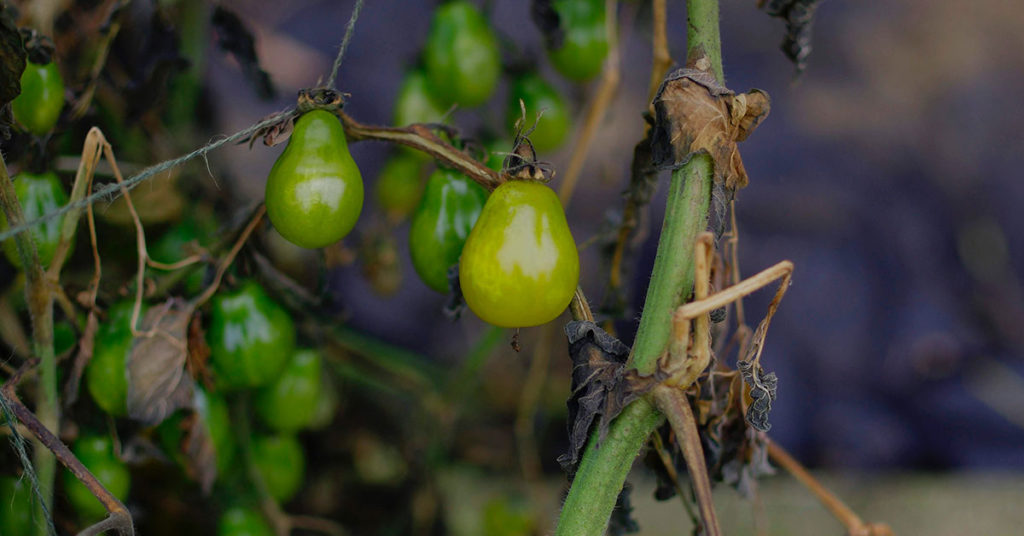
Relying solely on chemical fertilizers to meet your plants’ nutrient needs can be detrimental to soil health. Chemical fertilizers can lead to nutrient imbalances, harming beneficial soil organisms and causing long-term damage. Over time, this practice can result in soil that is less fertile and more dependent on synthetic inputs.
A better approach is to use organic fertilizers and amendments. Compost, aged manure, and organic mulches improve soil structure, enhance nutrient availability, and support a healthy soil ecosystem. Organic matter not only feeds your plants but also builds long-term soil fertility. Embracing organic practices leads to a healthier garden and more sustainable growth!
Pruning at the Wrong Time

Pruning is essential for plant health and growth, but timing is crucial. Pruning at the wrong time of year can stress plants and reduce flowering or fruiting. For example, pruning spring-flowering shrubs in the fall can remove next year’s flower buds, leading to a disappointing bloom season.
To avoid this, research the best pruning times for each plant species in your garden. Generally, prune spring-flowering shrubs right after they bloom and summer-flowering plants in late winter or early spring. For fruit trees, late winter pruning helps shape the tree and promote healthy growth. Proper timing ensures your plants remain vigorous and productive!
Over-Mulching
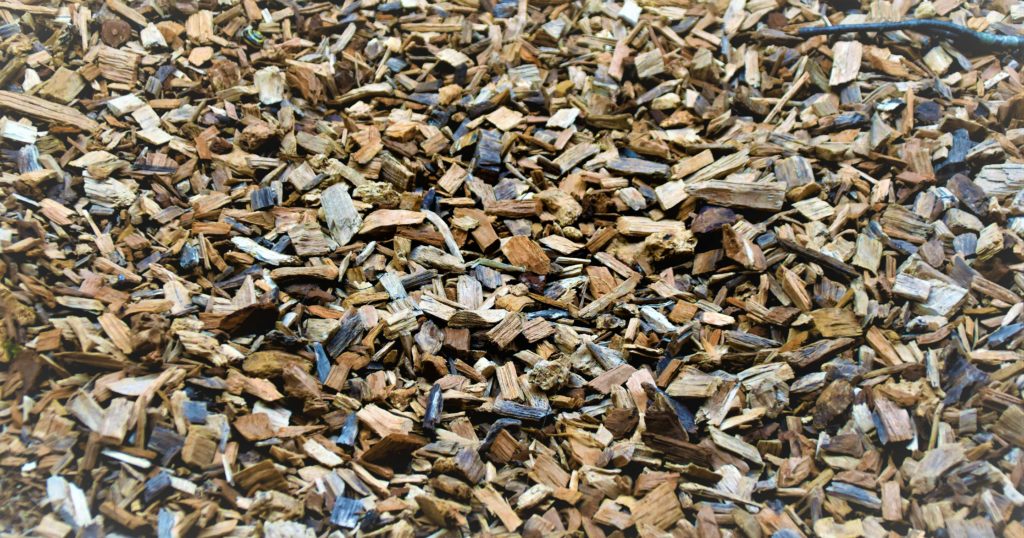
Mulching is a fantastic practice for conserving moisture, suppressing weeds, and improving soil health. However, applying mulch too thickly can suffocate plants, create excess moisture, and encourage pests and diseases. A thick layer of mulch can also prevent water from reaching the soil, leading to dry conditions beneath the surface.
The ideal mulch layer is about 2-4 inches thick. Keep mulch away from the base of plants to prevent rot and allow air circulation. Using organic mulch materials, such as straw, wood chips, or compost, can enrich the soil as they decompose. Proper mulching techniques help your garden thrive without the risks associated with over-mulching!
Planting Too Close Together
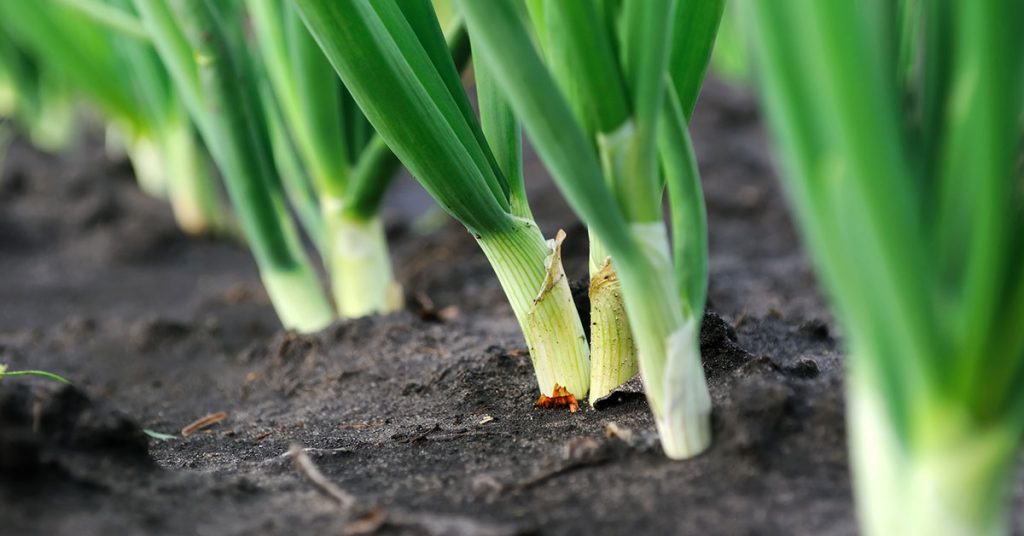
It’s tempting to plant densely for an instant full garden, but overcrowding can lead to poor air circulation, increased disease risk, and competition for nutrients and water. Plants that are too close together can become stressed and more susceptible to pests and diseases.
Follow recommended spacing guidelines for each plant species to ensure they have enough room to grow and thrive. Proper spacing allows for good air circulation, reduces the risk of fungal diseases, and ensures each plant gets adequate sunlight and nutrients. Planning your garden layout with appropriate spacing leads to healthier, more productive plants!
Using Pesticides as a First Resort
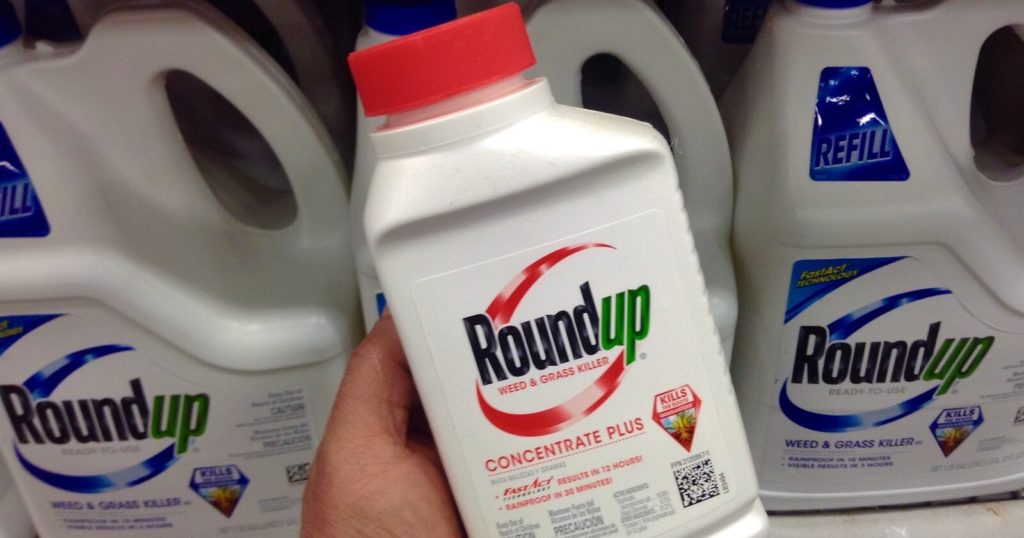
Reaching for pesticides at the first sign of pests can harm beneficial insects and disrupt the natural balance of your garden. Many pests have natural predators that can help keep their populations in check. Overuse of pesticides can also lead to pesticide resistance, making pests harder to control over time.
Instead, adopt integrated pest management (IPM) practices. Start with non-chemical methods such as manual removal, traps, and encouraging natural predators. Use pesticides only as a last resort and choose targeted, eco-friendly options. By promoting a balanced ecosystem, you can manage pests effectively without harming your garden’s health!
Ignoring Soil Testing

Assuming that your soil is fertile without testing can lead to nutrient imbalances and poor plant growth. Each garden’s soil has unique characteristics that influence its fertility and suitability for different plants. Without testing, you might be unaware of deficiencies or excesses that could affect your plants.
Perform a soil test before planting and amend the soil based on the results. Soil tests provide valuable information about pH, nutrient levels, and organic matter content. This knowledge allows you to make informed decisions about fertilization and soil amendments, ensuring your plants get the best possible start. Understanding your soil is key to a thriving garden!
Not Rotating Crops
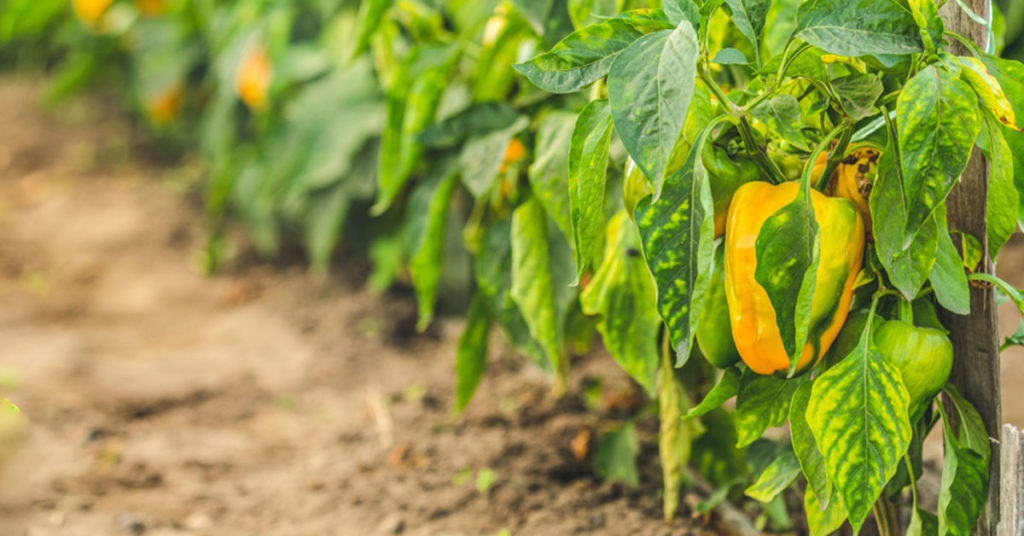
Growing the same crops in the same spot year after year can deplete soil nutrients and increase the risk of pests and diseases. Continuous cropping of the same plant family can lead to a build-up of soil-borne diseases and pests that specifically target those plants.
Practice crop rotation to break pest and disease cycles and improve soil health. Rotate crops so that plants from the same family are not planted in the same spot more than once every three to four years. Crop rotation helps maintain soil fertility and reduces the likelihood of pest and disease problems. It’s a simple practice with big benefits!
By avoiding these common gardening pitfalls and adopting better practices, you can create a healthier, more productive garden. Each tip helps you make informed decisions that support the long-term success of your plants.
